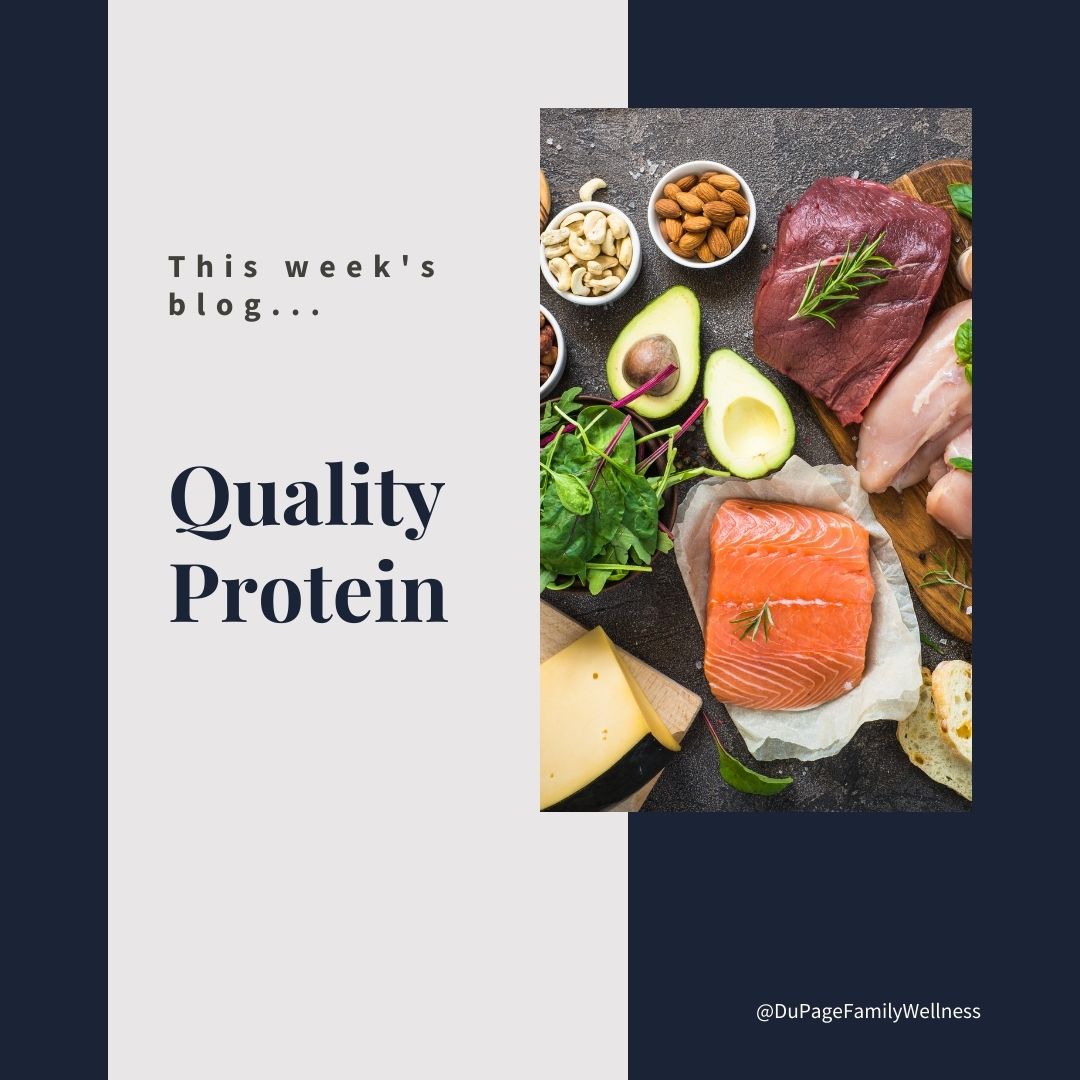 Did you know that every cell in your body contains protein? And that protein contains amino acids that are used to repair all the tissues in your body?
Did you know that every cell in your body contains protein? And that protein contains amino acids that are used to repair all the tissues in your body?
It’s true, your body needs protein to replenish itself. According to livestrong.com, protein helps “build muscles, produce new cells, regulate hormones and enzymes, heal wounds, and promote immune function”.
It is considered the most important macronutrient in building muscle, which can elevate your metabolic rate. And since protein also helps you feel full longer, it is great for those wanting to lose weight.
Since the body does not store protein, it depends on your diet to provide adequate amounts. Let’s look at the healthiest ways to get this protein.
Animal Protein
Meat can be a wonderful source of protein, but it is important to make sure you are getting quality meat! How the animal was raised, and what the animal did while it was alive, is extremely important. It is not just in the animals' best interest to be grass-fed or free-range, it has a direct impact on your health as well.
A study done by Mother Earth News compared eggs from free-range chickens with those produced commercially. It found that free-range eggs had:
- 2/3x more Vitamin A
- 2x more Omega-3
- 3x more Vitamin E
- 7x more Beta Carotene
In addition, grass-fed beef also has been found to contain higher levels of vitamins, antioxidants, and anti-inflammatory Omega 3 fatty acids when compared to conventional beef.
What about Plant Proteins?
While plants contain many necessary nutrients, they are not considered a complete protein because they lack one or more of the essential amino acids. It is possible to get the nutrients you need without eating meat, but it takes care to make sure you are getting everything you need. Plants contain compounds like oxalates and phytates which hamper your body's ability to absorb key minerals like zinc, magnesium, calcium, copper, and iron. Additionally, the vitamins in plants are often found in less active and less bioavailable forms.
If you think plant proteins are superior or equal to protein from animals, consider the following. In order to get the same amount of protein in 4 oz. of steak (181 calories) from rice and beans, you would have to eat 12 ounces of kidney beans plus a cup of rice! That would give you 638 calories, and 122 grams of carbs!
As I mentioned above, this can be done but takes special consideration to be sure that you are getting all of your nutrients. If you are trying to eat a vegetarian or vegan diet, the following are some good protein sources.
- Whole, organic, non-GMO soy products such as tofu. (Please do NOT rely on products containing soy protein isolates or concentrates which are often found in soy burgers, meatless chicken, as well as protein bars.)
- Nuts & seeds
- Beans & lentils (if your body tolerates them well.)
- Quinoa, rice, and other grains
- Some plant-based protein shakes may be useful if you are struggling to get enough protein in your diet, but check the ingredients carefully!
This Vegetarian and Vegan Guide was created by Mark Hyman, M.D. It is a great resource for vegans and vegetarians trying to eat healthy.
How to Buy Quality Protein
Companies spend a lot of money each year marketing their products. The terms used can be confusing for consumers. The following chart can help you decipher these terms, so you know what to look for when you shop.
*For more about these terms check out our Protein Guide.
Amount of Protein
People generally would benefit from consuming one serving of protein with each meal. One serving of protein is roughly the size of the palm of your hand or a deck of cards. However, each person’s body and activity level is different, so protein needs will vary. If you are reading labels, aim for at least 25-30 grams in each meal.
Listen to your body! It is the best indicator of how much protein is right for you. If you don’t eat much protein, consider adding some to see how it makes you feel. If you do eat a lot of protein, does it sit well with you?
The Importance of Nose-to-Tail Eating
As you all know by now, I like to relate everything to how our ancestors used to live. Instead of just eating chicken thighs, steak, and ground meats which are all muscle meat, our ancestors used THE WHOLE ANIMAL! There are incredible nutrient and health benefits in utilizing this practice.
Organ meat like liver is one of the most nutrient-dense foods that there is! In fact, my sister gives liver credit for helping her body to heal when she was struggling with infertility. (Here is her story) We try to buy our animals by the quarter/half animal and eat the organ meat too. One of my kids' favorite meals is "Beef Heart Stew"
Bone broth made from the bones of animals is great for soups, stews, or just to drink. Broth and the gelatin that is freed during the cooking process are so good for our hair, skin, and nails. It has a different amino acid profile than muscle meats and can help to balance our protein intake in an incredibly beneficial way. I love this article on how to use gelatin and why it's so good for you!
If you need more guidance on giving your body the nutrition it needs, feel free to reach out to me. We can discuss whether a program like Seven Weeks of Real Foods would be good for you.
Dr. Jamie
